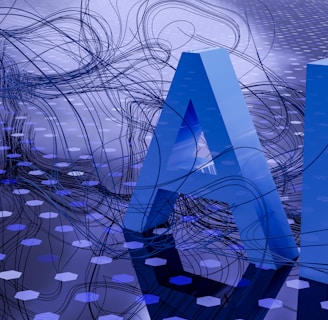The Evolution of Language Models: From Language Models to Multimodal Language Models
This blog describes the evolution of language models in AI


Introduction
Language models have come a long way since their inception. They started as simple statistical and rule-based models and have evolved into the sophisticated transformer-based multimodal large language models with billions of parameters that we see today. This evolution has been driven by advancements in machine learning and artificial intelligence, as well as the increasing availability of computational resources and data.
The Early Days: Statistical and Rule-Based Models
The history of language models dates back to the 1960s with the creation of the first-ever chatbot, Eliza. Designed by MIT researcher Joseph Weizenbaum, Eliza was a simple program that used pattern recognition to simulate human conversation by turning the user’s input into a question and generating a response based on a set of pre-defined rules. Though Eliza was far from perfect, it marked the beginning of research into natural language processing (NLP) and the development of more sophisticated language models.
The Rise of Neural Networks and Large Language Models
The introduction of neural networks marked a significant milestone in the evolution of language models. A large language model, or LLM, is a neural network with billions of parameters trained on vast amounts of unlabeled text using self-supervised or semi-supervised learning. These general-purpose models are capable of performing a wide variety of tasks, from sentiment analysis to mathematical reasoning. Despite being trained on simple tasks like predicting the next word in a sentence, LLMs can capture much of the structure and meaning of human language. They also have a remarkable amount of general knowledge about the world and can “memorize” an enormous number of facts during training.
The Advent of Transformer Models
The introduction of the attention operator and the Transformer architecture in 2017 marked another significant milestone in the evolution of language models. This advancement was initially leveraged for language-specific models but quickly extended to support visual processing backbones and eventually for models that integrate diverse modalities.
The Era of Multimodal Large Language Models
Inspired by the success of large language models, significant research efforts are being devoted to the development of Multimodal Large Language Models (MLLMs). These models can seamlessly integrate visual and textual modalities, both as input and output, while providing a dialogue-based interface and instruction-following capabilities. MLLMs are capable of tasks such as visual grounding, image generation and editing, visual understanding, and domain-specific applications.
Conclusion
The evolution of language models is a testament to the rapid advancements in artificial intelligence and machine learning. From simple rule-based models to sophisticated multimodal large language models, the journey has been nothing short of remarkable. As technology continues to evolve, we can expect to see even more sophisticated language models that can understand and generate human language with unprecedented accuracy and fluency.

